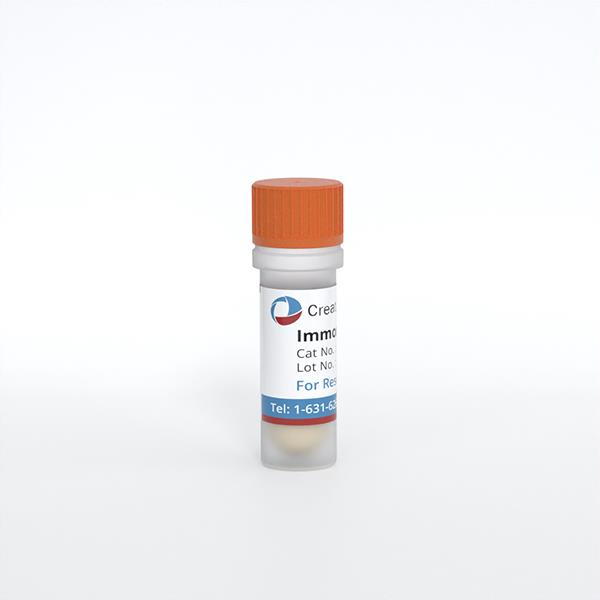
Immortalized Mouse Leptin Receptor-deficient Macrophage Cells (DB-1)
Cat.No.: CSC-I9253L
Species: Mus musculus
Source: Bone Marrow
Morphology: Polygonal
Culture Properties: Adherent
- Specification
- Q & A
- Customer Review
Cat.No.
CSC-I9253L
Description
The Immortalized Mouse Leptin Receptor-deficient Macrophage Cells (DB-1) are non-transformed cells derived from leptin-receptor (LepR) deficient mice which display some phenotypic and functional properties similar to primary macrophages. The cells are characterized as early differentiated macrophages since the high expression of MAC-2, and low expression of F4/80, Ly6G and Ly6C were observed; but CD11b expression was absent. It is recommended for use in studies involving the role of the leptin receptor, susceptibility to infections, innate immune functions, and obesity.
Species
Mus musculus
Source
Bone Marrow
Culture Properties
Adherent
Morphology
Polygonal
Immortalization Method
Spontaneous immortalization
Application
For Research Use Only
Storage
Directly and immediately transfer cells from dry ice to liquid nitrogen upon receiving and keep the cells in liquid nitrogen until cell culture needed for experiments.
Note: Never can cells be kept at -20 °C.
Note: Never can cells be kept at -20 °C.
Shipping
Dry Ice.
Recommended Products
CIK-HT003 HT® Lenti-SV40T Immortalization Kit
Quality Control
1) qRT-PCR confirmed LepR deficiency;
2) Flow cytometry was used to analyze cell surface markers.
2) Flow cytometry was used to analyze cell surface markers.
BioSafety Level
II
Citation Guidance
If you use this products in your scientific publication, it should be cited in the publication as: Creative Bioarray cat no.
If your paper has been published, please click here
to submit the PubMed ID of your paper to get a coupon.
Ask a Question
Write your own review
Related Products
Featured Products
- Adipose Tissue-Derived Stem Cells
- Human Neurons
- Mouse Probe
- Whole Chromosome Painting Probes
- Hepatic Cells
- Renal Cells
- In Vitro ADME Kits
- Tissue Microarray
- Tissue Blocks
- Tissue Sections
- FFPE Cell Pellet
- Probe
- Centromere Probes
- Telomere Probes
- Satellite Enumeration Probes
- Subtelomere Specific Probes
- Bacterial Probes
- ISH/FISH Probes
- Exosome Isolation Kit
- Human Adult Stem Cells
- Mouse Stem Cells
- iPSCs
- Mouse Embryonic Stem Cells
- iPSC Differentiation Kits
- Mesenchymal Stem Cells
- Immortalized Human Cells
- Immortalized Murine Cells
- Cell Immortalization Kit
- Adipose Cells
- Cardiac Cells
- Dermal Cells
- Epidermal Cells
- Peripheral Blood Mononuclear Cells
- Umbilical Cord Cells
- Monkey Primary Cells
- Mouse Primary Cells
- Breast Tumor Cells
- Colorectal Tumor Cells
- Esophageal Tumor Cells
- Lung Tumor Cells
- Leukemia/Lymphoma/Myeloma Cells
- Ovarian Tumor Cells
- Pancreatic Tumor Cells
- Mouse Tumor Cells
Hot Products
